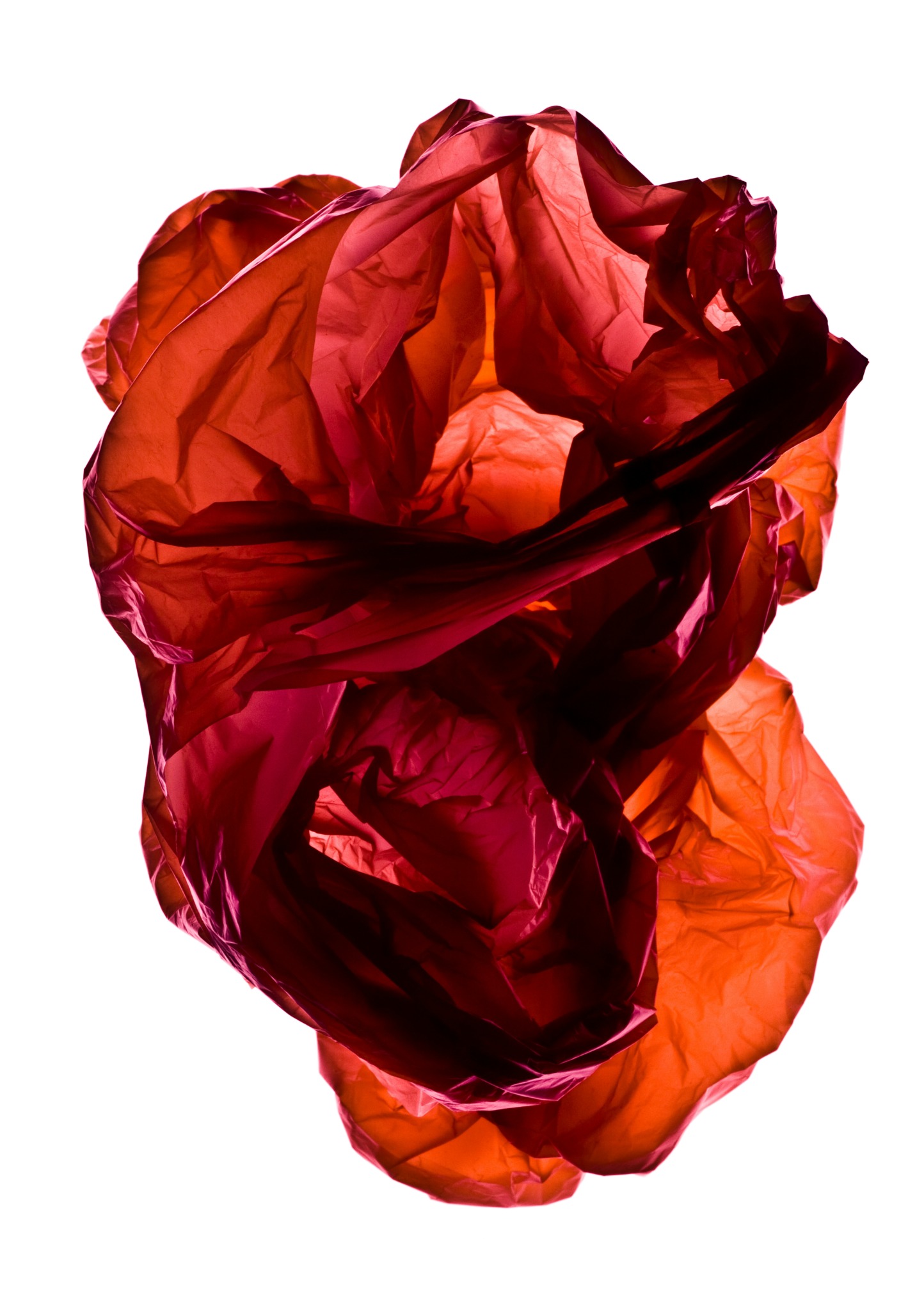We caught up with the brilliant and insightful Naomi White a few weeks ago and have shared our conversation below.
Naomi, looking forward to hearing all of your stories today. We’d love to hear about a project that you’ve worked on that’s meant a lot to you.
<b>Excavations</b> The socio-political ramifications of our species are ingrained in rocks. Like a camera, rocks record and bear witness to our collective past. In the gasses they trap, every environmental change is stored forever, cataloging the unending story of the destruction of our planet and its inhabitants by a dominant class. They hold an undeniable truth in a world of shifting disinformation.
Rocks are alive.
Excavations explores the complicated role the camera plays in our violent, troubled past and present, and the way systems of oppression perpetuate the Anthropocene. Archival images from American magazines such as Life and National Geographic reveal entrenched ideologies about race, gender, and our relationship to nature, animals, and the planet. The omnipresence of danger, and the urgency to control (the narrative, the body, the earth, the animal) found in these pages, are pervasive and loud themes.
Simultaneously, magazines such as Ebony and Ms. feature activism, strategies for survival, the importance of care, community and hope. These are themes that do not define themselves by what they are not, but by what they can and will be. As an artist working at the intersection of ecology and photography, I am critically exploring the world views that allow and perpetuate societal inequality, the acceptance of the torture and eating of animals, the prohibition of a woman’s right to her own body, and the relationship of these inequities to the climate crisis. I am also reflecting on my own privilege as an environmental activist, white artist and educator, examining where I am situated within these narratives. Making this work allows me to explore how these inequities influence one another, and opens up conversations for change.
Excited by the idea that rocks hold truths in an age of disinformation, I began tearing and burning into my photographs of landscapes, layering them over and over until new spaces emerged. These fissures and cracks make room for connections between the earth and its inhabitants, between the past and future possibilities.

Naomi, before we move on to more of these sorts of questions, can you take some time to bring our readers up to speed on you and what you do?
I went to a Waldorf elementary school where we were taught to make everything – crochet cases for our instruments, figurines from Greek Myths out of beeswax, and we even wrote and illustrated our own textbooks. In high school I became the photo assistant to my art history teacher Diane Buckler, an artist from the Pictures generation. I was inspired by the way the camera could be used to ask questions, to bring the audience in to make meaning; to teach.
Surrounded by musicians in the punk scene in NYC circa 2000, I began photographing bands and fellow artists to support myself through graduate school. Drawing from a diverse background in art history, film, and literature, I’m often seeking out a narrative quality when taking pictures, especially of people, through attention to environment, color, and light. For the last 5 years I’ve focused on mixed media, pushing further out of the two dimensional plane. I love the way collage puts multiple perspectives into conversation at once, and often use my photographs along with found images.

Looking back, are there any resources you wish you knew about earlier in your creative journey?
If I were able to talk to my younger self, I would tell her to apply to residencies. Art residencies allow you to focus on developing a project at your own pace, playing and trying out new ideas, where you usually might be constrained. I also would have read the Artist’s Way sooner. The two things I remember the most, morning pages and artist dates, are effective at solidifying my art practice. I highly recommend these three things to people of all ages, at all levels!


Let’s talk about resilience next – do you have a story you can share with us?
In 2012 I was struggling to develop a photo project around environmental concerns about the harmful nature of plastic, especially in the oceans. I would pick up plastic trash on my walk from my house to my studio in Brooklyn, and attempt to make still-lifes from them. I was not very good at it. I didn’t know how to build them up vertically with putty or tape, like I know now. In my frustration I threw the plastic bag I’d been collecting the pieces in. I watched as it slowly floated down. It landed on a large soft box I had laying open on the floor. The soft box framed the bag perfectly.
Because plastic bags are everywhere, I hadn’t taken the time to really look at it. But when it was centered on the soft box with the light illuminating all of its crevices and undulations, it suddenly came into view. I made 18 images from a single plastic bag and changed the colors in Photoshop. I called the series Plastic Currents for the way the bags seemed to mimic water, undulating and fluid, transitioning from non-biodegradable, reviled plastic bags into seemingly organic forms, imitating the nature they threaten. “By isolating plastic bags, icons of waste and convenience, we are asked to consider our role in their affects, but also to question the transformative power of the photograph and its ability to reconcile a simple bag into something other worldly, full of possibilities.”
This series won the Photo District New’s Objects of Desire in 2015 and it has sold more than any of my other projects.


Contact Info:
- Website: https://www.naomiwhite.com/ and https://www.naomiwhitephoto.com/portraits#
- Instagram: @naomiwhitevisualartist
- Linkedin: https://www.linkedin.com/in/naomiwhitephotography/
Image Credits
@Naomi White


